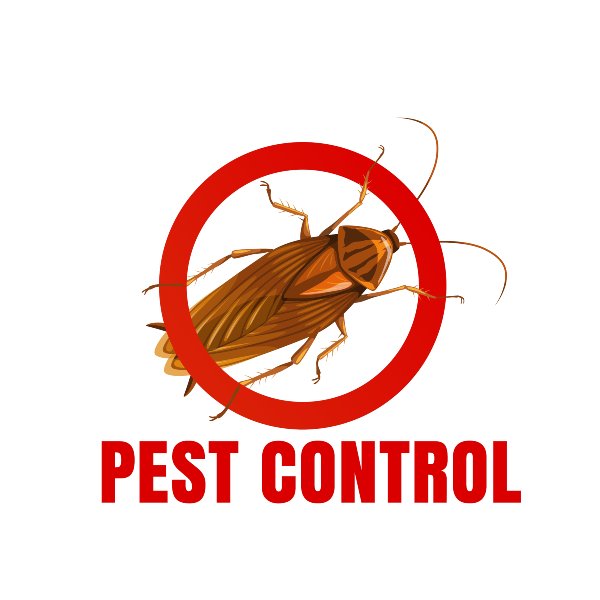Bed Bug Treatment Failure: Comparing Chemical Vs. Non-Chemical Solutions
In the realm of parasite control, specifically when handling the relentless concern of bed pests, the selection in between chemical and non-chemical treatment solutions can be an essential one. Both methods use unique benefits and drawbacks, affecting variables such as performance, safety and security considerations, and general expense. By taking a look at the nuanced details of each method, a clearer understanding of which course to go after in resolving a bed bug problem can be obtained.
Efficiency of Chemical Treatments
Chemical treatments for bed pest infestations have been commonly recognized for their quick and potent effectiveness in getting rid of these pests. When taking into consideration the effectiveness of chemical treatments, it is important to recognize that they can offer a extensive and quick solution to a bed bug trouble. Expert pest control operators commonly rely upon insecticides to target bed insects at various stages of their life process, consisting of eggs, grownups, and fairies. These chemicals usually work by interfering with the bed pests' nerve system, leading to paralysis and ultimate fatality.
In addition, chemical treatments have the advantage of supplying residual effects, suggesting that they can remain to remove bed insects even after the preliminary application. This recurring action is specifically useful in combating any kind of possible re-infestations. Additionally, the quick activity of chemical treatments can bring alleviation to individuals encountering serious bed pest invasions, permitting them to reclaim control of their living spaces rapidly.
Safety Worry About Chemical Solutions
When making use of chemical services for bed bug treatment is making certain the safety and security of occupants and the atmosphere,One vital aspect that calls for cautious consideration. While chemical therapies can be effective in getting rid of bed pests, they might posture risks if not managed appropriately. One of the key safety concerns with chemical services is the possible injury they can cause to human health. Direct exposure to specific chemicals made use of in bed pest therapies can result in breathing problems, skin irritation, or various other damaging responses, especially in individuals with pre-existing problems or sensitivities. Additionally, inappropriate application or dose of chemical pesticides can cause hazardous residues remaining in the treated location, posing long-term wellness risks to owners.
In addition, the ecological effect of chemical solutions is another substantial consideration. Some pesticides used in bed insect therapies may be dangerous to helpful bugs, wildlife, and communities if they seep right into the soil or water systems. It is important to utilize chemical therapies judiciously, following security standards, and thinking about less poisonous options to minimize these dangers and make sure the efficient and safe administration of bed insect invasions.
Advantages of Non-Chemical Techniques
Considering the prospective safety and security concerns and environmental influence related to chemical solutions for bed insect treatment, exploring non-chemical strategies provides an encouraging alternative with numerous unique advantages. Non-chemical techniques offer a more secure choice for households, specifically those with pet dogs, youngsters, or people delicate to severe chemicals. These methods remove the dangers of exposure to hazardous compounds, decreasing the potential for negative health and wellness effects. Furthermore, non-chemical therapies are eco-friendly, as they do not add to air or water pollution, making them a lasting selection for bug control.
Additionally, non-chemical remedies can be reliable in targeting bed bugs, consisting of hard-to-reach locations where chemical therapies might not pass through. Techniques such as heat therapy, vacuuming, vapor cleaning, and cushion coverings supply detailed removal without making use of harmful chemicals. In addition, non-chemical methods can be much less turbulent, needing very little preparation and enabling for quicker reentry into dealt with areas. On the whole, selecting non-chemical bed bug therapy methods not look at this website only prioritizes safety and ecological protection however likewise makes certain efficient and extensive insect control.
Limitations of Non-Chemical Treatments

Furthermore, non-chemical therapies commonly require multiple applications to attain successful removal. This can be taxing and may not constantly ensure total removal of all bed insects and their eggs, specifically in hidden or hard-to-reach places.
Additionally, the success of non-chemical treatments greatly counts on correct implementation and thoroughness, which can be testing for people without specialist expertise. Inadequate application of non-chemical methods might result in insufficient eradication, resulting in persistent infestations and the demand for additional therapies.
As a result, while non-chemical treatments have their advantages, it is vital to acknowledge these limitations and consider them have a peek here when determining the most reliable method for taking care of bed insect problems.
Cost Comparison: Chemical Vs. Non-Chemical Options
Offered the constraints linked with non-chemical therapies, a vital aspect to examine in the context of bed pest monitoring is the expense contrast in between chemical and non-chemical choices. In contrast, non-chemical treatments like warmth treatment or vapor can be extra costly, with prices ranging from $1,000 to $6,000 for a whole home. While the initial cost of chemical treatments may seem lower, several therapies may be called for to completely eradicate the infestation, potentially increasing the general cost.
Verdict

Taking into consideration the prospective safety problems and environmental effect associated with chemical services for bed insect therapy, discovering non-chemical methods offers an appealing alternative with numerous distinct benefits.Offered the constraints linked with non-chemical therapies, a crucial aspect to assess in the context of bed bug management is the cost contrast in between chemical and non-chemical choices. In contrast, non-chemical therapies like warm treatment or vapor can be more costly, with prices ranging from $1,000 to $6,000 for an entire home. While the initial cost of chemical treatments may seem reduced, multiple therapies might be called for to fully get insect prevention house rid of the infestation, potentially increasing the general cost.In final thought, when comparing chemical and non-chemical bed insect therapy choices, it is important to think about performance, safety and security, benefits, restrictions, and price.